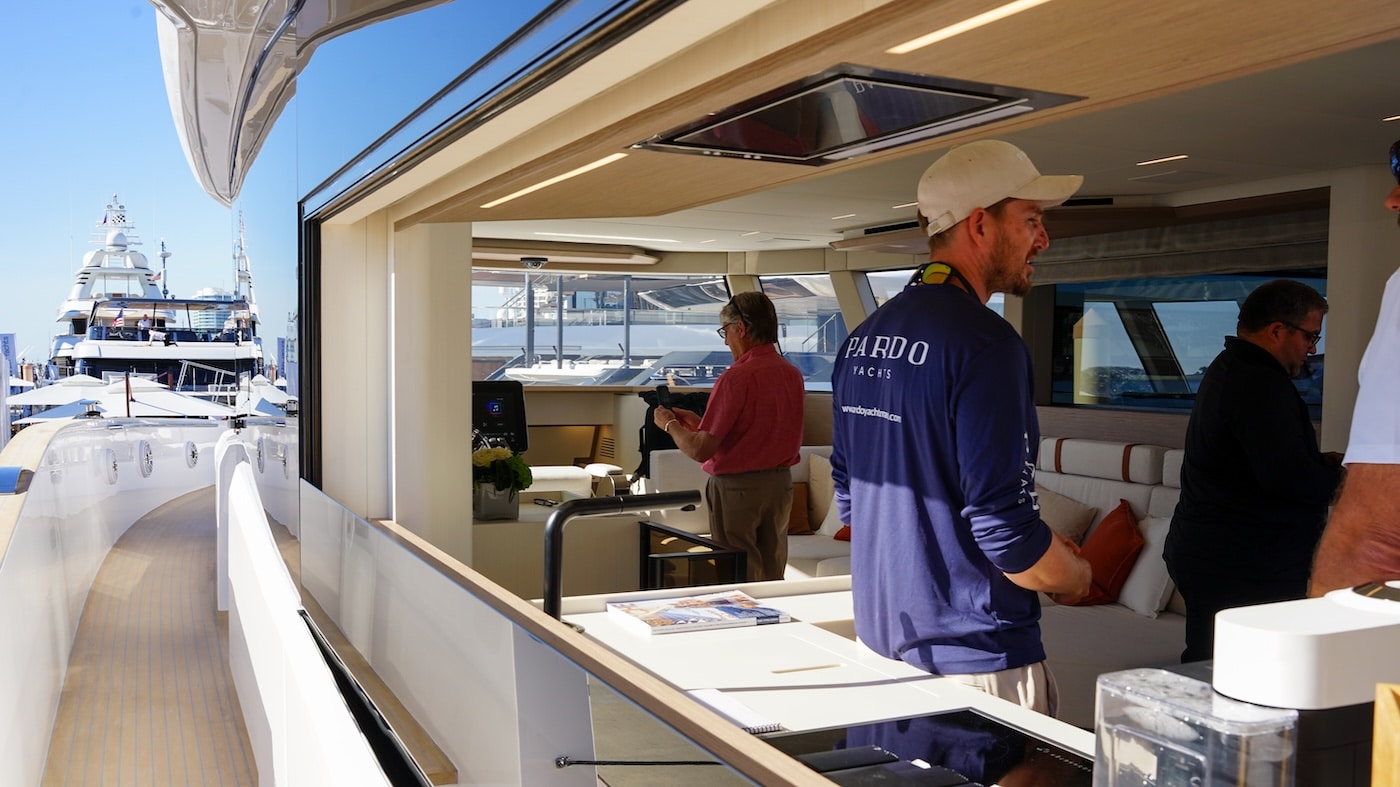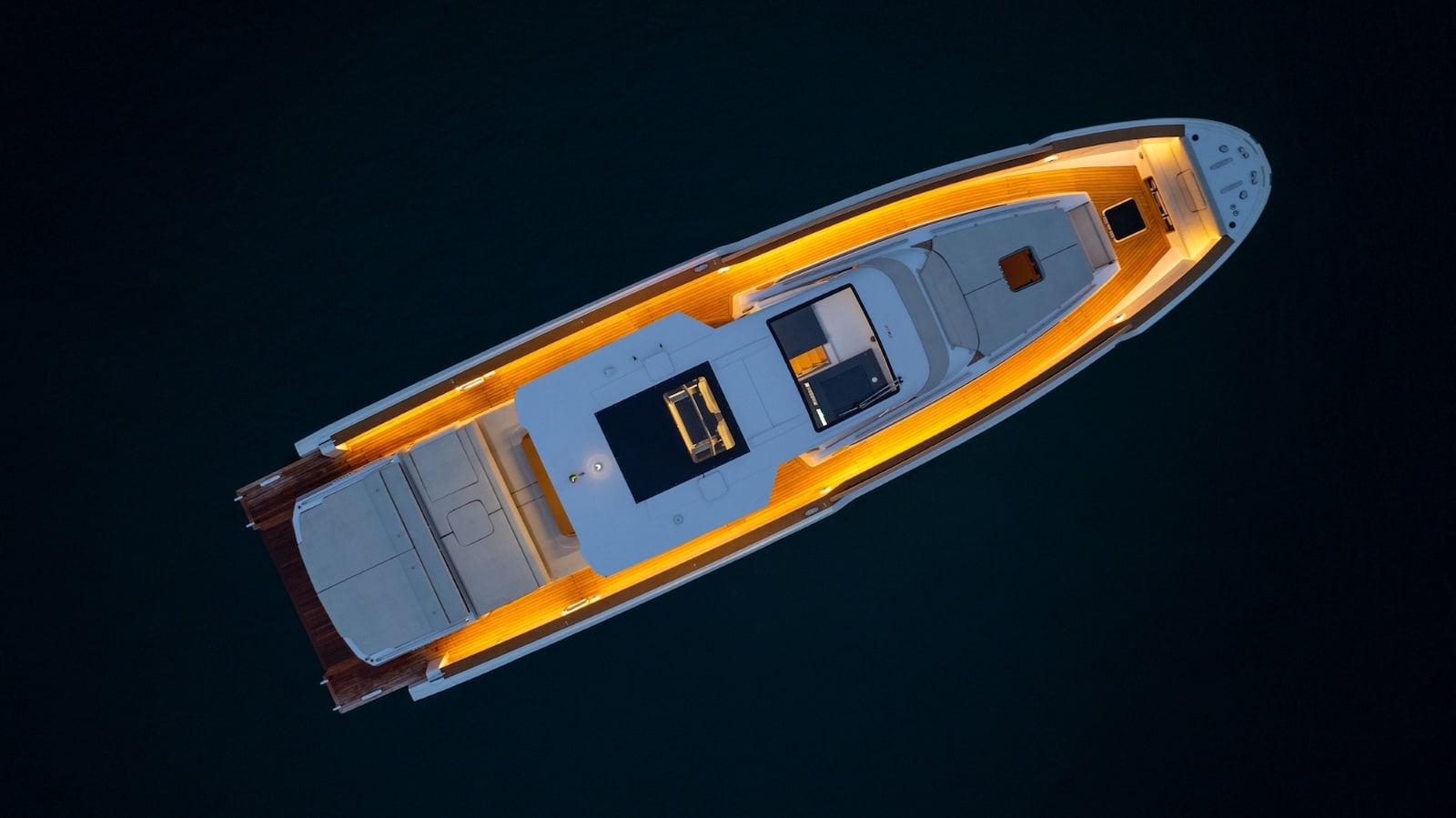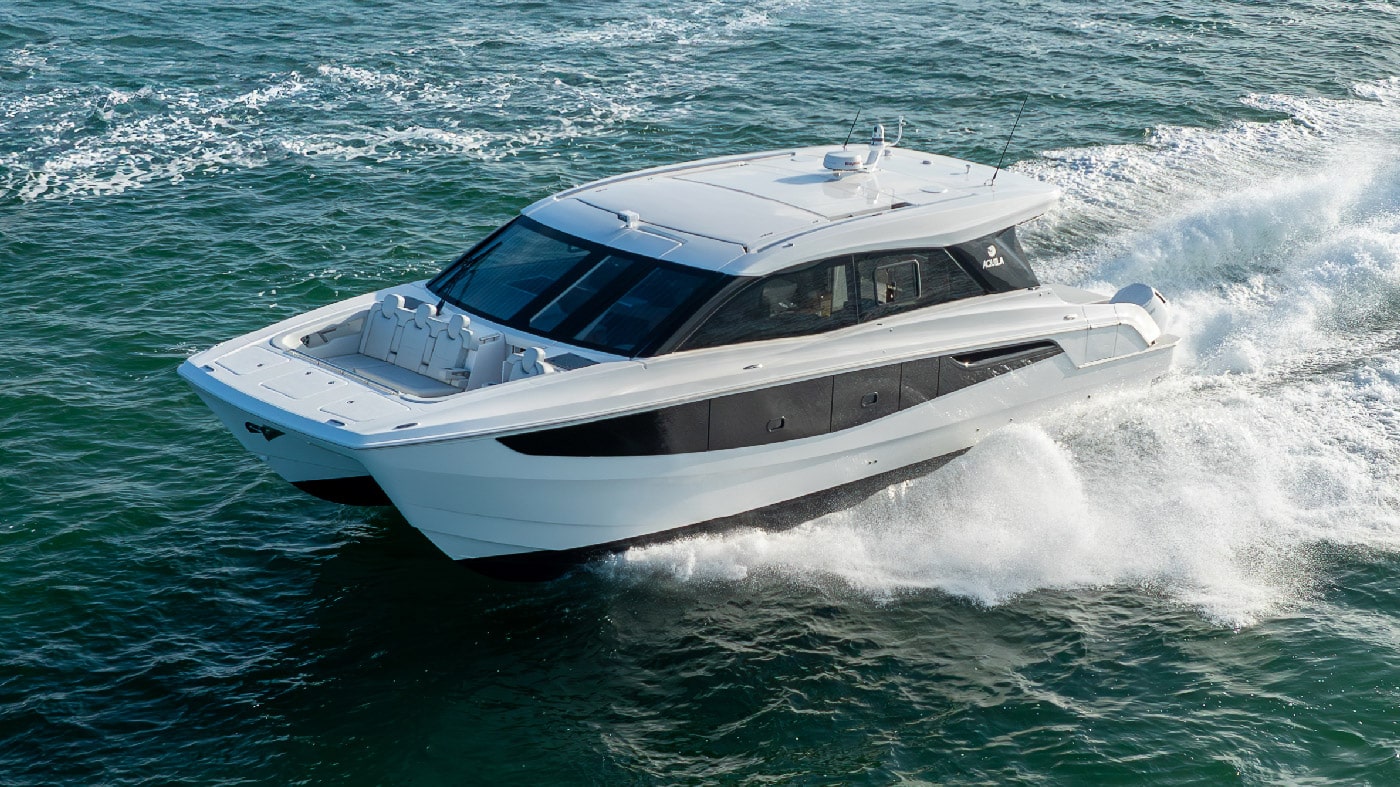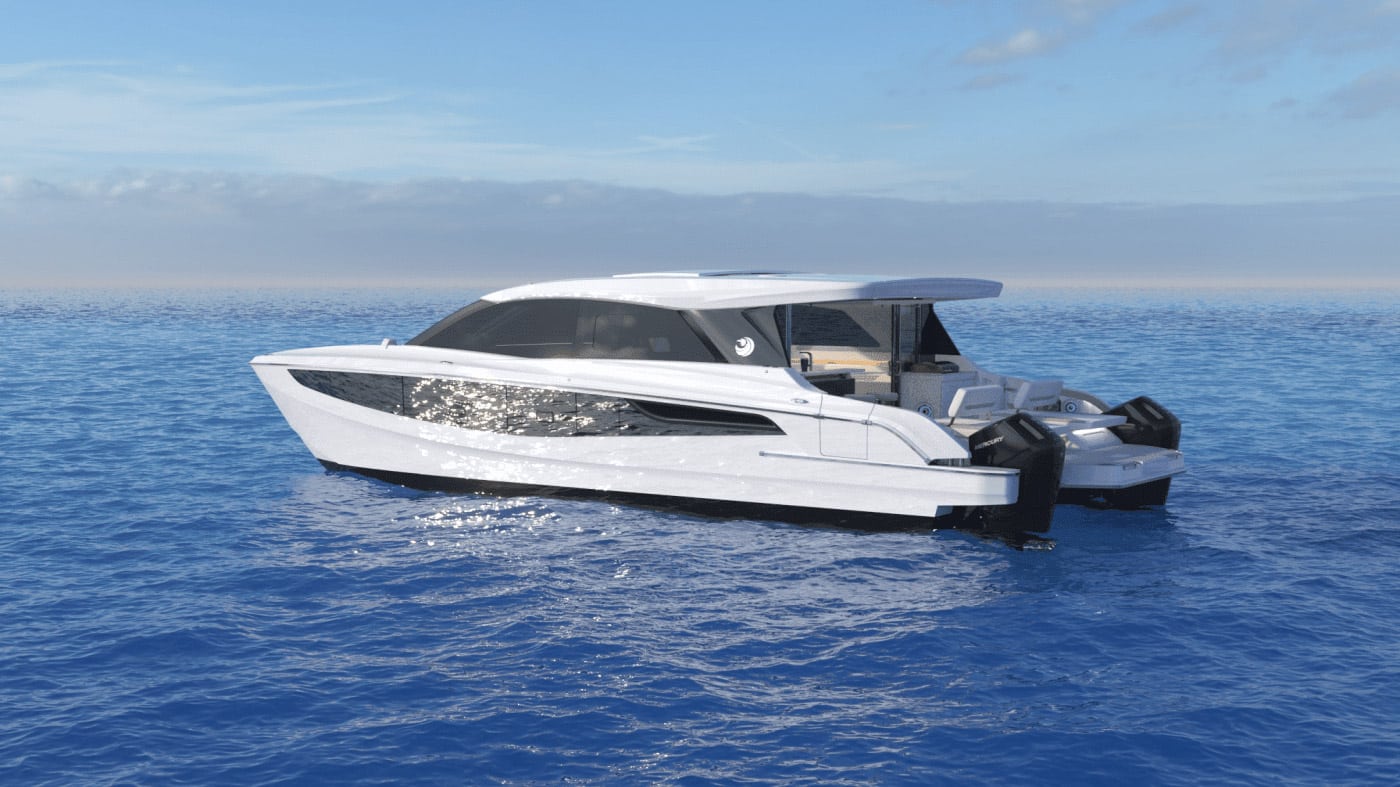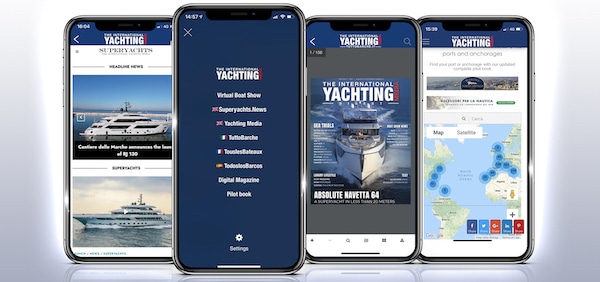Jib trimming
Like mainsail trimming – that we’ve already dealt with in a previous article – jib trimming, too, is intended to give the sail a correct shape. In general terms, we can say that if we use the traveler, moving the block across the track and therefore the point where the sheet is positioned back and forth, the effects of this movement will affect sail twist while sheet trimming will inevitably affect sail concavity. The combination of the two elements makes the traveler change the shape of the upper part of the sail while the sheet tension contributes to change the shape of the lower part.
When the traveler is moved forth, the sheet stretches the leech more than its base, pulling down the clew, that its the point where the sheet is applied to, making the sail “close” and producing a significant reduction in sail twist.

When the traveler is moved back, on the contrary, the sheet stretches the jib base. This way, the sail “flattens out”, the clew tends to take a higher position, with a more pronounced twist. The jib therefore opens high and lets wind pressure out.
Always in general terms, when the wind gets stronger, the traveler should be moved back; when we need more power, on the contrary, the traveler should be moved forth. Without never forgetting the sheet, of course. Since the two elements interact with each other. If, for example, the sheet is eased but the trailer is not moved forth, the clew will tend to go up, making the jib twist and lose its power.
Basically, the best thing to do is to observe and “read” the sail, correctly interpreting what it says. Signs can be multiple. First of all, let’s establish a simple mnemonic rule: a correct position of the traveler enables the sheet to become an ideal extension of the bisector which extends from the centre of the sail luff and bisects the sheet angle.
However, this rule should be taken with a grain of salt because the jib communicates many other signals which, in turn, need to be interpreted correctly.
Let us take a practical example and show you what is, in our opinion, a right way to perform jib trimming.

Many of us generally take advantage of jib furlers, which means that the sail is already hauled. However, no one says that we can’t change the halyard tension if we realize that some wrinkles trouble the laminar air flow when sailing to windward or with the wind abeam. Especially if we consider that halyard tension also affects fullness position: greater the tension is, more the fullness will move forward. Of course, this applies only to traditional sail clothes while modern materials are much more rigid and less subject to halyard tension. In this case, the most important element is the tension exerted by the stray which can be adjusted through the backstay.
In fact, when the backstay is stretched, the masthead tends to move back and therefore give tension to the forestay. Vice versa, when the backstay is eased, the stay becomes slacker and produces a more or less pronounced forestay sag. The backstay can be therefore stretched to reduce the fullness and flatten the jib in its upper part or, vice versa, it can be eased to make the stay slacker and increase the fullness.
In this case, too, it is important to grasp the right balance between two interacting elements, that is the stay and the halyard’s tension. If the stay produces a forestay sag, it is useless, if not damaging, to haul the halyard in.
Once the jib is unfurled and the halyard tension adjusted, we can trim the jib after making sure that telltales are parallel to each other and to the deck. The upper part of the sail, too, should have the correct shape and orientation.
We perfectly know that the wind is very strong up there. So, even the apparent wind – the most important for us – will be stronger and with a wider angle about the boat axis than the wind we perceive in the cockpit or on the upper part of the sail. Sails are twisted for this reason but this may not be enough. If the windward windex is not parallel to the deck, the traveler should be moved back so that the upper part of the jib can be opened and correctly oriented to the wind; vice versa, is the sail flaps in that zone, the traveler should be moved forth in order to close the leech and reduce twist.
As for downwind courses, telltales cannot help us in trimming the jib. However, what we’ve said about the halyard-traveler interaction is always true.
In short, we can lay down some general little rules:
- When sailing in light wind or downwind, in addition to trimming the sheet to adjust concavity, we can move the traveler forth to reduce jib twist and make it more powerful.
- When the wind gets stronger, we can move the traveler back and haul both the halyard and the backstay in order to flatten the sail and increase twist in the upper part.




















